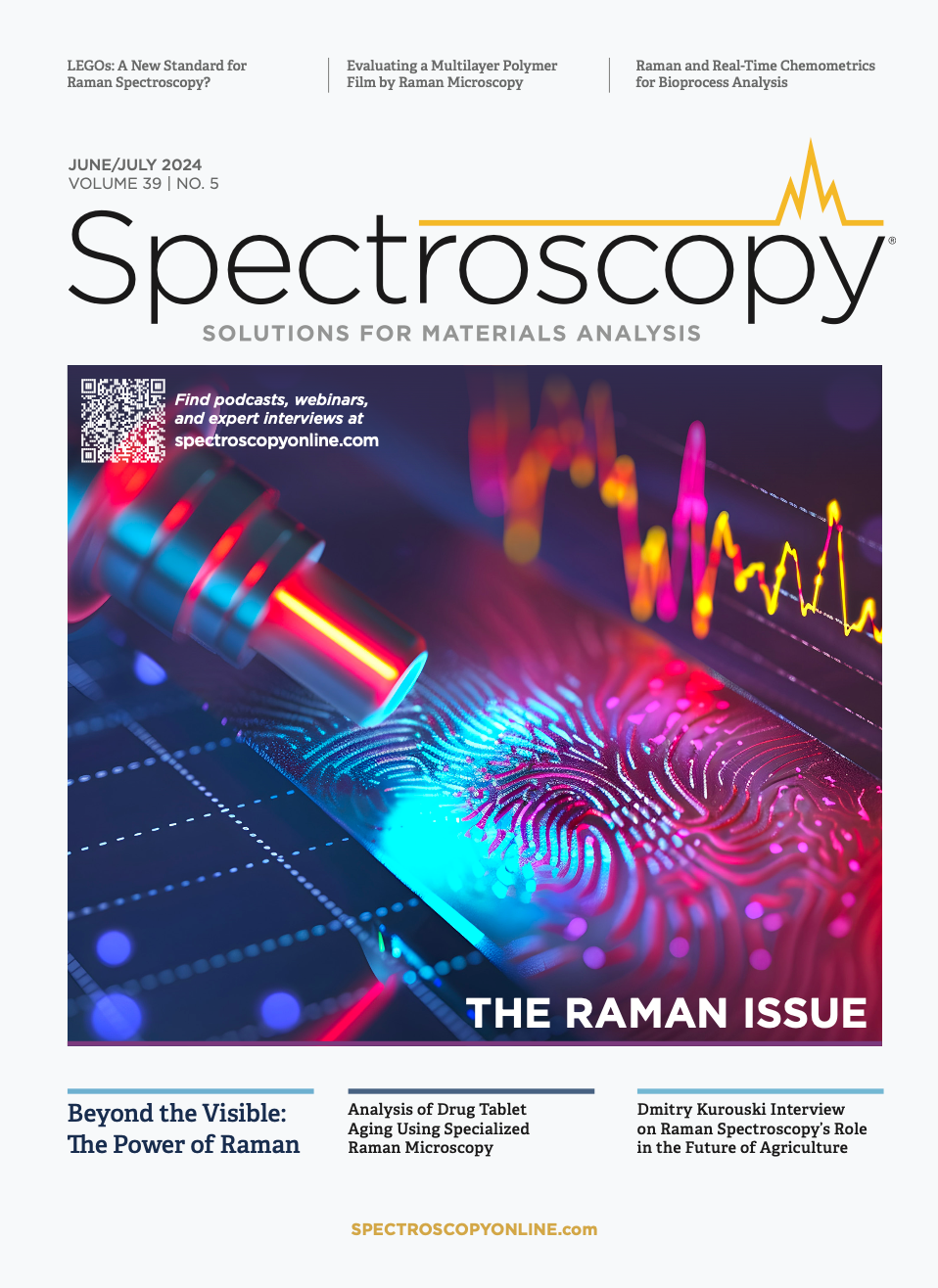LEGO Bricks: A New Standard for Evaluating Fluorescence in Raman Spectroscopy
Researchers have proposed an innovative approach to tackling fluorescence interference in Raman spectroscopy by using LEGO blocks as standard samples. This new method offers a low-cost, rugged, and reproducible alternative to the complex liquid mixtures traditionally used in such studies, marking a significant advancement in the field of spectroscopic analysis.
Using Lego bricks as a standards for Raman spectroscopy © Valentin - stock.adobe.com

Fluorescence interference is a well-known issue in Raman spectroscopy, especially with colored and mineral samples. Techniques to avoid or mitigate fluorescence, such as long-wavelength excitation and time-gating, have been explored, but a standard sample for consistent evaluation of fluorescence background has been lacking. In this study, researchers suggest using LEGO blocks as a potential standard due to uniformity, durability, and ease of use.
The study was published in the journal Applied Spectroscopy and conducted by Richard A. Crocombe, Brooke W. Kammrath, Pauline E. Leary, Thomas J. Tague, and William D. P. Costa, spans multiple institutions, including Crocombe Spectroscopic Consulting, the University of New Haven, Noble, Inc., Bruker Corporation, and Fiveash Data Management (1).
Fluorescence can obscure Raman signals, making it difficult to obtain detailed and accurate spectra. Techniques like using long-wavelength excitation (1064 nm), deep-UV excitation (below 250 nm), and time-gating can help minimize fluorescence (2). Despite progress in these areas, no portable, handheld instruments using these methods are widely available. To address fluorescence, researchers have employed methods like baseline correction and sequentially shifted excitation. Sequentially shifted excitation uses slight changes in the excitation wavelength to model and subtract fluorescence from the Raman spectrum. This approach, however, does not eliminate noise associated with the Raman signal.
Read More: 1064-nm Raman: The Right Choice for Biological Samples?
Using complex liquid mixtures such as "dark rum" or "sesame seed oil" as standard samples for fluorescence evaluation is problematic due to variability and difficulty in obtaining consistent samples. Instead, LEGO blocks are proposed as standard samples. LEGO blocks are cost-effective, durable, non-toxic, and easy to handle and transport. In addition, the uniform composition of the blocks makes them ideal for reproducible testing (1).
The researchers purchased white, yellow, red, blue, gray, and black LEGO blocks, made of acrylonitrile butadiene styrene (ABS) resin. While the exact pigments were not the focus, some investigation into the blue pigment was conducted due to the unique spectra obtained using 785 nm Raman excitation (1).
Visible–near-infrared (vis-NIR) spectra of the LEGO blocks were measured using a PerkinElmer 1050+ scanning grating instrument with a 150 mm diameter integrating sphere, photomultiplier, and indium–gallium–arsenide (InGaAs) detectors. NIR spectra were also captured using a PerkinElmer Spectrum 3 Fourier transform near-infrared (FT-NIR) instrument with an extended InGaAs detector and a built-in diffuse reflectance accessory (1).
Raman spectra were acquired from the shiny, untreated surfaces of the LEGO blocks using 180° collection without additional sample preparation. Vis-NIR spectra were obtained after roughening the surface with emery paper and cleaning it with an alcohol wipe. Raman data acquisition times varied from a few seconds to several minutes to ensure good signal-to-noise ratios (S/N). The Raman spectrometers used either automatic wavelength scale calibration or manufacturer-provided calibration procedures. Instruments from Bruker and Thermo Scientific validated against known ASTM-approved standards, while the Horiba instrument was manually validated using a polystyrene sample (1).
The study's initial results indicate that LEGO blocks are challenging samples for Raman spectroscopy, effectively testing both fluorescence-avoidance and fluorescence-mitigation methods. The low cost, ruggedness, non-toxicity, and ease of handling further enhance their suitability as standard samples. The researchers plan to continue their work, expanding into portable Raman instruments and reporting their findings in future studies.
The proposal to use LEGO blocks as standard samples for evaluating fluorescence in Raman spectroscopy presents a promising alternative to traditional complex liquid mixtures. These blocks offer uniformity, reproducibility, and practical advantages that make them suitable for this purpose. The research highlights their potential as test cases for fluorescence-avoidance and mitigation methods and paves the way for future studies involving portable Raman instruments (1).
This study provides a foundation for further research into the use of LEGO blocks in Raman spectroscopy, aiming to further evaluate them as a standard sample for Raman fluorescence evaluation.
References
(1) Crocombe, R. A.; Kammrath, B. W.; Leary, P.E.; Tague, T. J.; Costa, W. D. P. LEGO Blocks as “Standard” Samples for Evaluation of Fluorescence Avoidance and Mitigation in Raman Spectroscopy. Appl. Spectrosc. 2024, 78 (3), 340–348. DOI: 10.1177/00037028231221585
(2) Kamogawa, K.; Fujii, T.; Kitagawa, T.; Improved Fluorescence Rejection in Measurements of Raman Spectra of Fluorescent Compounds. Appl. Spectrosc. 1988, 42 (2), 248–254. DOI: 10.1366/0003702884428121

AI-Powered SERS Spectroscopy Breakthrough Boosts Safety of Medicinal Food Products
April 16th 2025A new deep learning-enhanced spectroscopic platform—SERSome—developed by researchers in China and Finland, identifies medicinal and edible homologs (MEHs) with 98% accuracy. This innovation could revolutionize safety and quality control in the growing MEH market.
New Raman Spectroscopy Method Enhances Real-Time Monitoring Across Fermentation Processes
April 15th 2025Researchers at Delft University of Technology have developed a novel method using single compound spectra to enhance the transferability and accuracy of Raman spectroscopy models for real-time fermentation monitoring.
Nanometer-Scale Studies Using Tip Enhanced Raman Spectroscopy
February 8th 2013Volker Deckert, the winner of the 2013 Charles Mann Award, is advancing the use of tip enhanced Raman spectroscopy (TERS) to push the lateral resolution of vibrational spectroscopy well below the Abbe limit, to achieve single-molecule sensitivity. Because the tip can be moved with sub-nanometer precision, structural information with unmatched spatial resolution can be achieved without the need of specific labels.